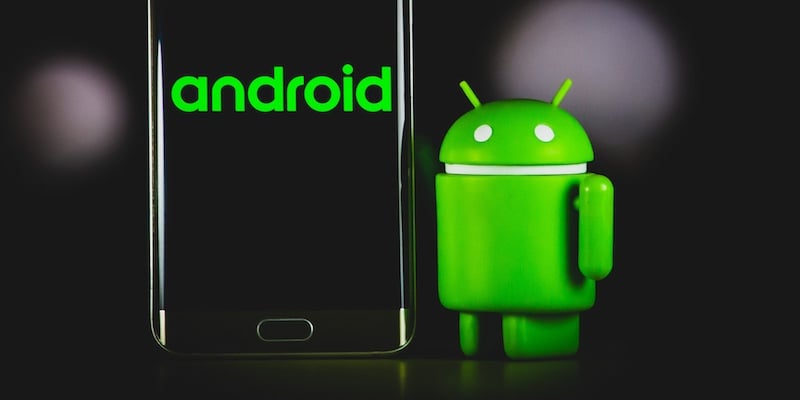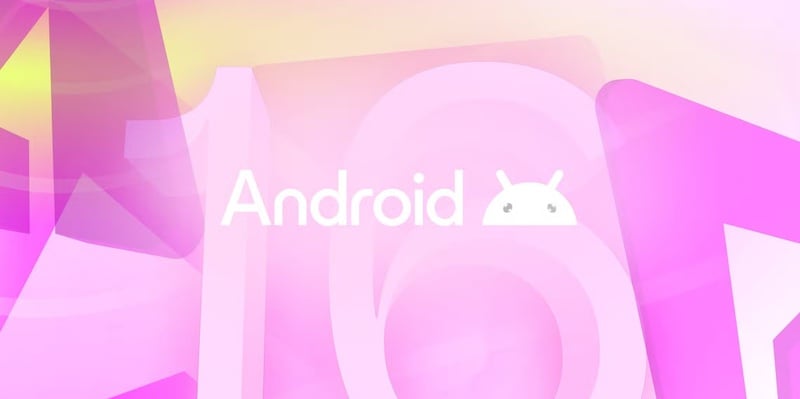Android 16 is on the way! Get ready for some exciting features, but a few concerns are hanging around too!
Android 15 is just starting to roll out, but the buzz about Android 16 is already making waves! People are talking about some exciting features that could be on the way, like enhanced security options and a revamped user experience. Imagine having a more robust Advanced Protection Mode to keep your data safe while enjoying smoother navigation!
It’s always fun to think about what’s next and how these updates can shake things up. While there’s plenty to be excited about, a few worries are lingering in the air as well. So, if you’re curious about what cool new features might be coming your way, let’s jump in and explore the possibilities together!
1. Codename
A developer from team b58 recently dropped a tip to Android Authority about some cool code changes in AOSP. The first update lets any APEX module launching with next year’s Android version be compressed. What’s intriguing is that it sets the min_sdk_version to “Baklava,” while this year’s release has it at “VanillaIceCream.”
Another update from a Google engineer pointed out the need for a check to see if the build’s platform SDK codename matches Baklava. They said a previous patch looked for either an SDK version of 35 (for Android 15) or the VanillaIceCream codename.
When Google works on a new Android version, they temporarily use the codename as the platform SDK version until it’s finalized. That’s why Android 15 Beta 3 switched from VanillaIceCream to just 15 during its first Platform Stability milestone. With Android 16 in the pipeline, early builds will show the platform SDK codename (Baklava) instead of the platform SDK version (36).
And by the way, Baklava is a tasty puff pastry dessert. It sounds a bit odd since they named Android 14 Upside Down Cake and Android 15 Vanilla Ice Cream. However, the new dessert codename reflects a change in how Android’s build process works. Google has decided to start the lettering over again.
Android 16 features
Android users on Reddit and elsewhere are mixed on the new Advanced Protection. It forces Google Play Protect to stay on and blocks you from installing apps outside of the Google Play Store or other pre-installed app stores. But what’s in it for you? Let’s take a closer look at that and the other key features!
2. Advanced Protection Mode

Google might introduce a more powerful and accessible ‘Advanced Protection Mode’ in the Android 16 update. This program, which launched back in 2017, is designed to safeguard your Google account with a series of security steps and limitations.
Originally aimed at IT admins, journalists, activists, business execs, and politicians, Advanced Protection requires using a security key or passkey for signing in. It also blocks users from downloading files flagged by Chrome as dangerous and prevents certain unapproved apps from accessing your Google account data.
In Android 16, you’ll be able to turn on Advanced Protection right from the Settings app, according to Android Authority. Once it’s on, apps can use a new API to see if it’s activated and adjust how they work. For instance, some apps might add an extra layer of security, like a screen lock, when the mode is on.
If you’re an everyday user, sticking with a strong password, 2FA, and properly set up recovery options should be enough. Advanced Protection is more suited for those at higher risk of targeted attacks. While it’s great for added security, I think it might be overkill for most people and could lead to some unnecessary hassles. But for those who need it, it can offer serious protection for your digital life.
3. Desktop windowing

Google rolled out desktop windowing in Android 15 QPR 1 Beta 2 for the Pixel Tablet. No official release date yet, but it’s likely coming with Android 16. This feature lets you run multiple apps and resize windows, just like on a desktop.
I’m all for making desktop modes mainstream on Android. I love Samsung’s Dex, but it struggles because non-Samsung apps don’t work well with it, which means fewer people use it, and developers don’t prioritize it. Teams was a pain, crashing often despite Samsung and Microsoft’s partnership. But Microsoft’s remote desktop app worked perfectly, letting me access virtual PCs when Teams failed.
I think Android has the potential for more. It could evolve into a mobile OS, a desktop OS when docked, and even a car OS when connected—tapping into all that modern hardware power.
4. Heads-up notifications
Android’s heads-up notifications are way too big and intrusive. In Portrait mode, they block the top part of the screen, but in Landscape, it’s even worse—taking up a third or more of the screen. It’s super annoying, especially when watching movies or gaming, but turning them off isn’t an option since I still need them.
If this issue annoys you too, there’s good news. Google is working on a fix. Clues for more compact notifications first appeared in Android 15 Beta 4. And by Android 15 QPR 1 Beta 2, the feature became more widely available.
Now, most of the text is truncated, and embedded images are hidden unless you expand the notification. You’ll still see the icon, title, and reply button for messaging apps.
5. Settings homepage
Android 15 Beta 3 teased a redesigned Settings homepage, but the update didn’t make it into the later betas. However, the new layout did appear in Android 15 QPR1 Beta 2, suggesting it could be on track for Android 16.
On the left, you can see what the top-level page looks like in Android 14, while the right shows the updated version from Android 15 QPR1 Beta 2.
I do like how notifications and quick settings have their own pages now. Quick settings take up a lot of the notification panel, so it’s nice to see them separated. But accessing quick settings with two fingers? That’s not a great idea. They basically removed easy access with one hand. Hopefully, they come up with something better before the final release.
6. Android 16 release date
Google usually releases its new Android versions around the end of Q3 or early Q4. For example, Android 14 came out in October, Android 13 in August, and Android 12 in October. To find a major release outside this pattern, you’d have to go back to Android 4.1 Jelly Bean, which launched in July 2012.
Starting next year, though, even if Google continues launching Pixel phones (like the Pixel 10 series) in August, they’ll probably come with the latest OS, Android 16. According to Android Authority, Android 16 could debut as early as Q2 2025.
It’s surprising, considering Android 15 hasn’t even launched yet. But since Google also released the Pixel 9 two months earlier than expected, I wouldn’t be entirely shocked. Google’s faster development pace, especially with the changes made in Android 14 QPR2, is leading to better platform stability and quicker releases, which could explain the accelerated timeline.
Parting thoughts
I’m really excited about the latest updates rolling out, and the buzz around the next version has me even more curious! With some cool new features on the horizon, it seems like there’s a lot to look forward to.
Sure, there are a few concerns popping up, but that just adds to the fun of seeing what’s next. I can’t wait to explore all the new updates and how they’ll change our experience! Be sure to check out Gadget Flow’s Android accessories for some great gear!